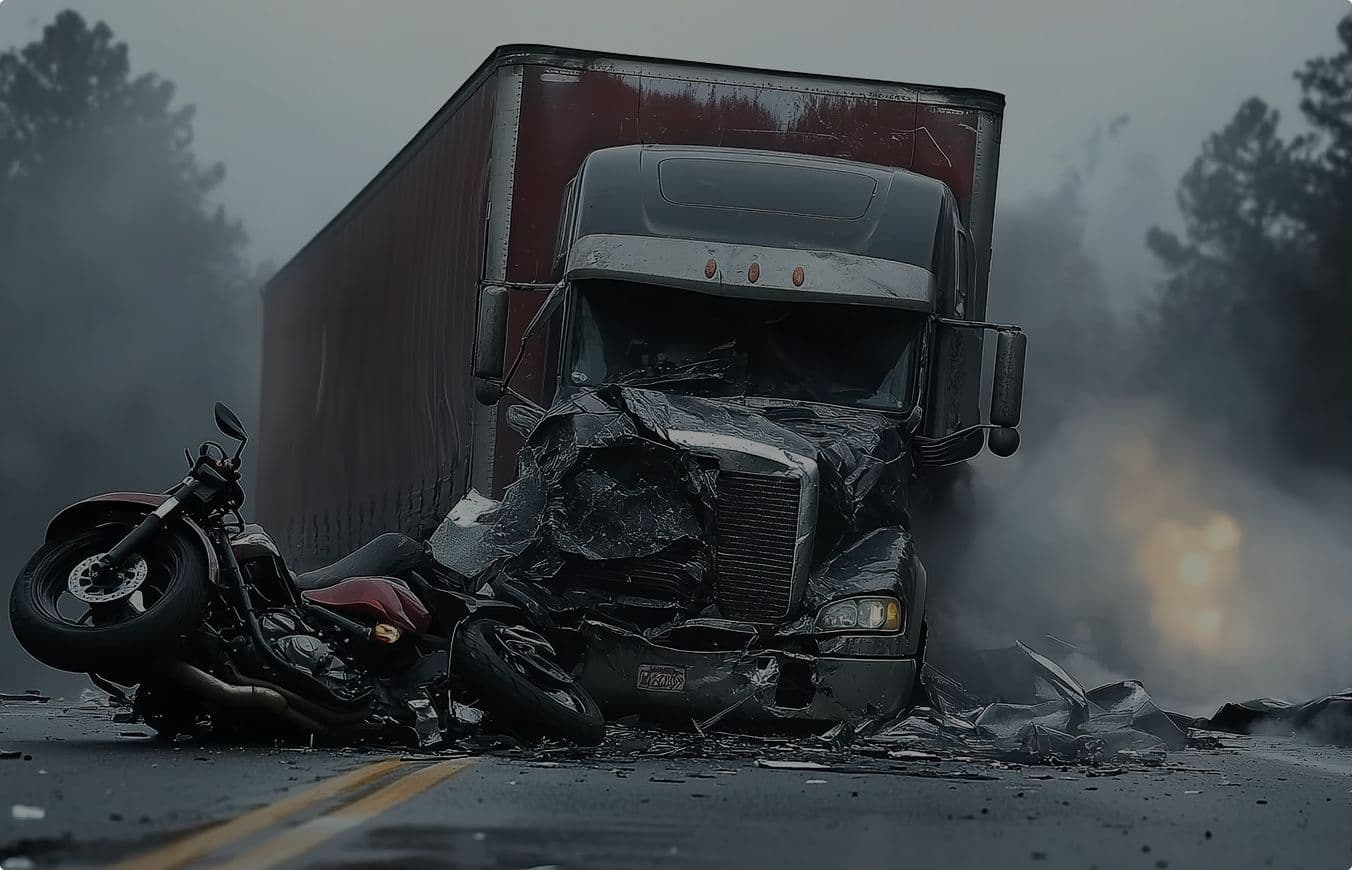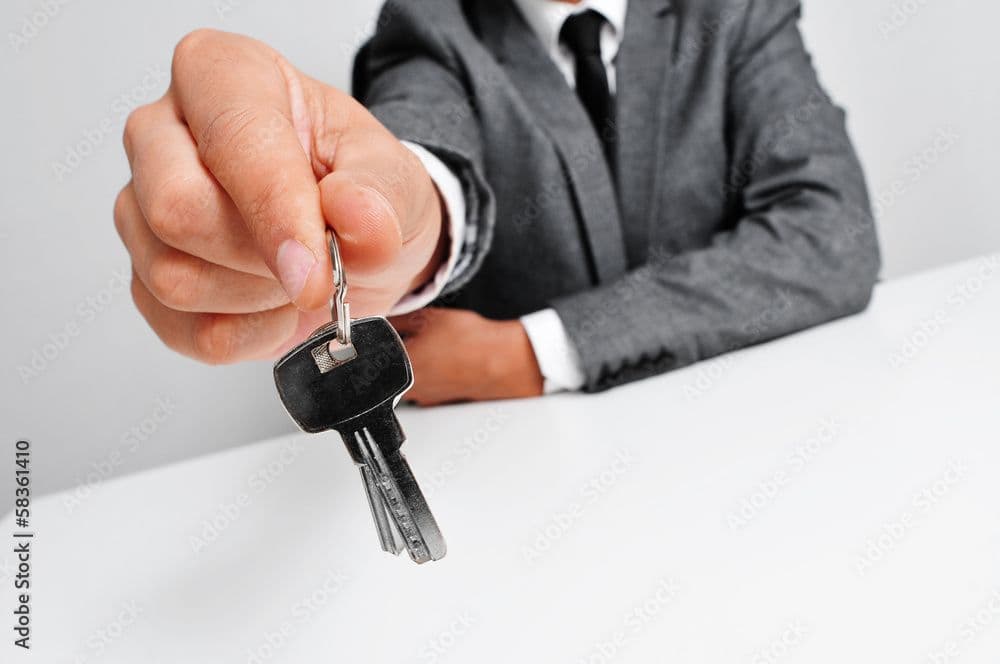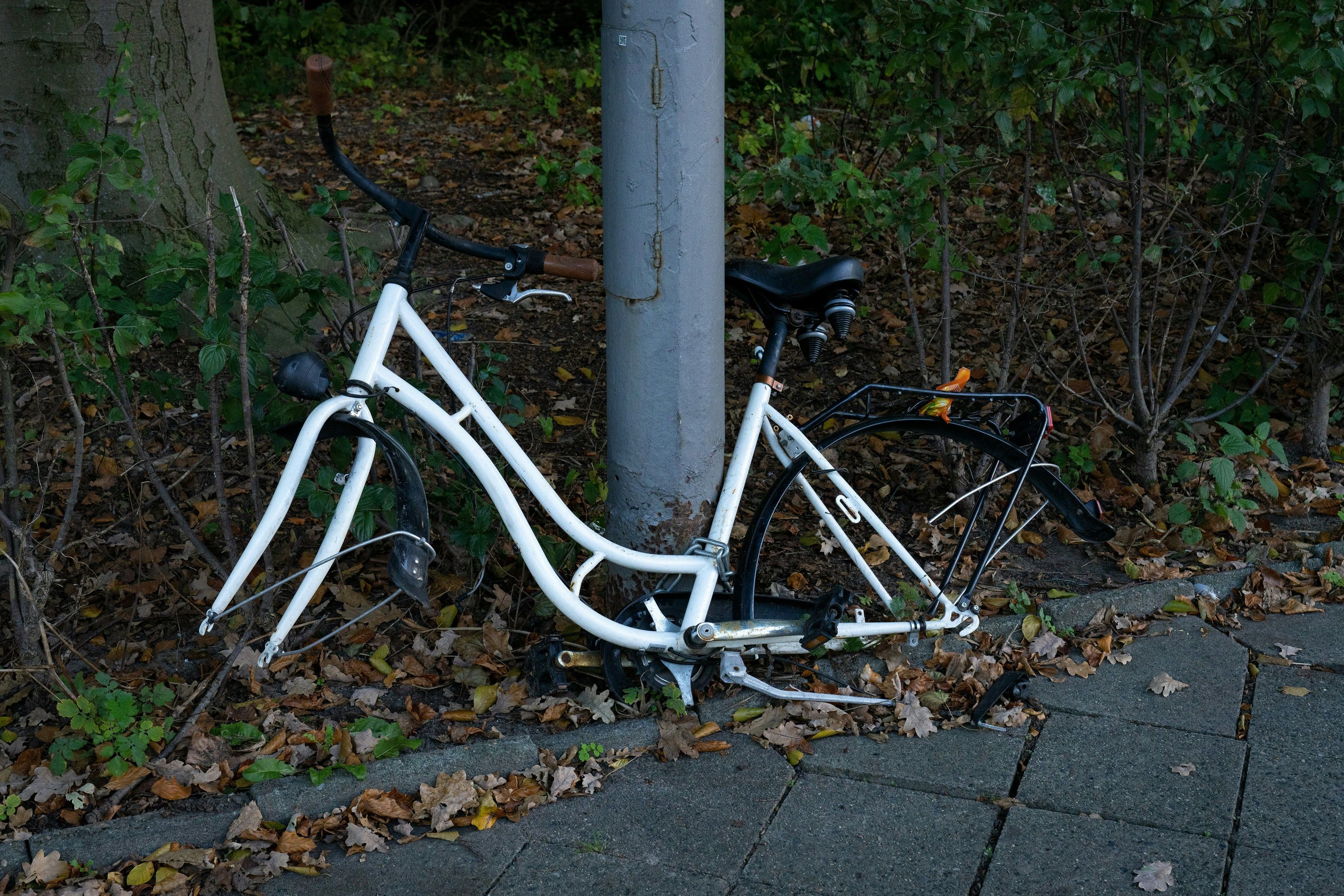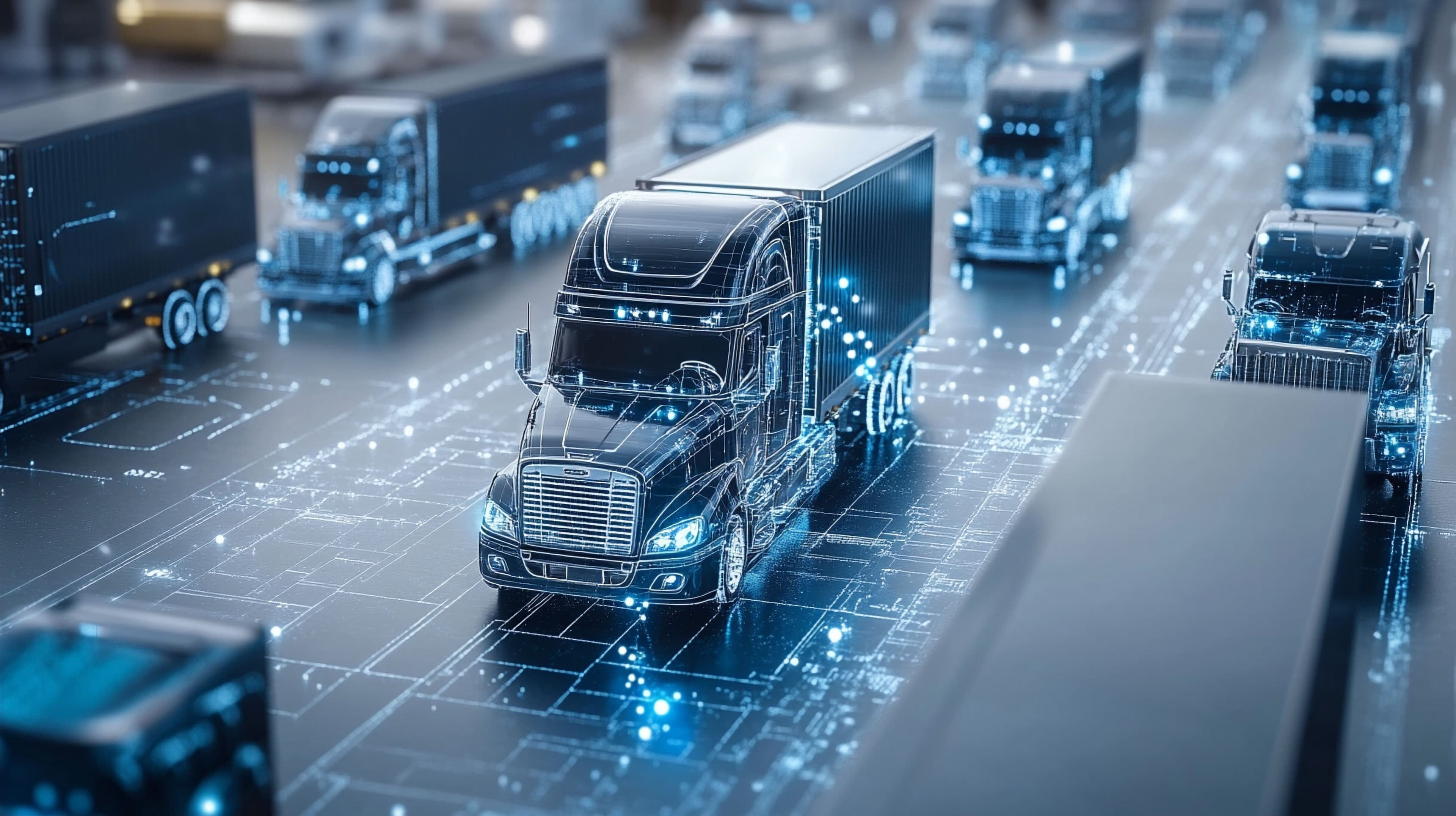

2025-05-03
5 min
How Trucking Tech Reveals the Truth in Georgia Accident Investigations
When a truck accident happens in Georgia, it’s common for both sides to blame each other. But thanks to today’s technology, we don’t have to guess who’s telling the truth. Trucking companies use all kinds of advanced systems to monitor their drivers and vehicles-giving us hard evidence about what really happened.
Key Technologies Trucking Companies Use
Driver Monitoring Systems
How it works: These systems use cameras and artificial intelligence (AI) to watch the driver’s face and body. They track things like where the driver’s eyes are looking, if their eyelids are drooping, or if their head is nodding. Some systems even monitor steering wheel movements and how often the driver touches their phone or dashboard.
Why it matters: If a driver is distracted (like texting, eating, or even just staring out the window), the system records it. It also catches signs of drowsiness or fatigue. This is critical in proving whether the driver was paying attention before the crash. For example, if the system logs that the driver’s eyes were closed for three seconds before impact, it’s strong evidence they were dozing off.
Blind Spot Detection
How it works: Trucks have radar sensors and cameras mounted along the sides and rear. These sensors constantly scan for cars or motorcycles hiding in the truck’s blind spots (the areas the driver can’t see in the mirrors). If something is detected, the system flashes a warning light or makes a beeping sound to alert the driver.
Why it matters: If a truck changes lanes and hits a car, the system’s data can show whether the driver was warned about a vehicle in their blind spot and if they ignored it. This helps prove the trucker’s responsibility-even if they claim they never saw the car.
Automatic Emergency Braking (AEB)
How it works: AEB uses radar and cameras to watch the road ahead. If the system senses that the truck is closing in too quickly on another vehicle or obstacle and the driver isn’t braking, it will automatically apply the brakes to avoid or lessen a crash.
Why it matters: If a truck rear-ends someone, we can check if the AEB system activated. If it didn’t, it may show the driver was overriding safety features or that the system wasn’t working properly. If it did activate but the crash still happened, it tells us how fast things unfolded.
Telematics & Remote Monitoring
How it works: Telematics is like a truck’s “Fitbit.” GPS tracks the truck’s location, speed, and route in real time. Sensors record hard braking, sharp turns, sudden lane changes, and even how long the engine has been running. All this data is sent back to the trucking company’s office, where managers can watch live or review it later.
Why it matters: This data tells us if the driver was speeding, making unsafe maneuvers, or taking unauthorized detours. It also shows how long they’ve been on the road, helping us spot fatigue or hours-of-service violations. If a crash happens, telematics can show exactly where and how fast the truck was going.
Electronic Logging Devices (ELDs)
How it works: ELDs are digital logbooks that automatically record when the truck is moving and when it’s stopped. They track how many hours the driver has been behind the wheel and when they take breaks. Federal law requires these for most commercial trucks.
Why it matters: Fatigue is a leading cause of truck accidents. ELDs make it much harder for drivers to “fudge” their hours. If a driver was over their legal limit, we can prove it with ELD data-and show the trucking company allowed unsafe practices.
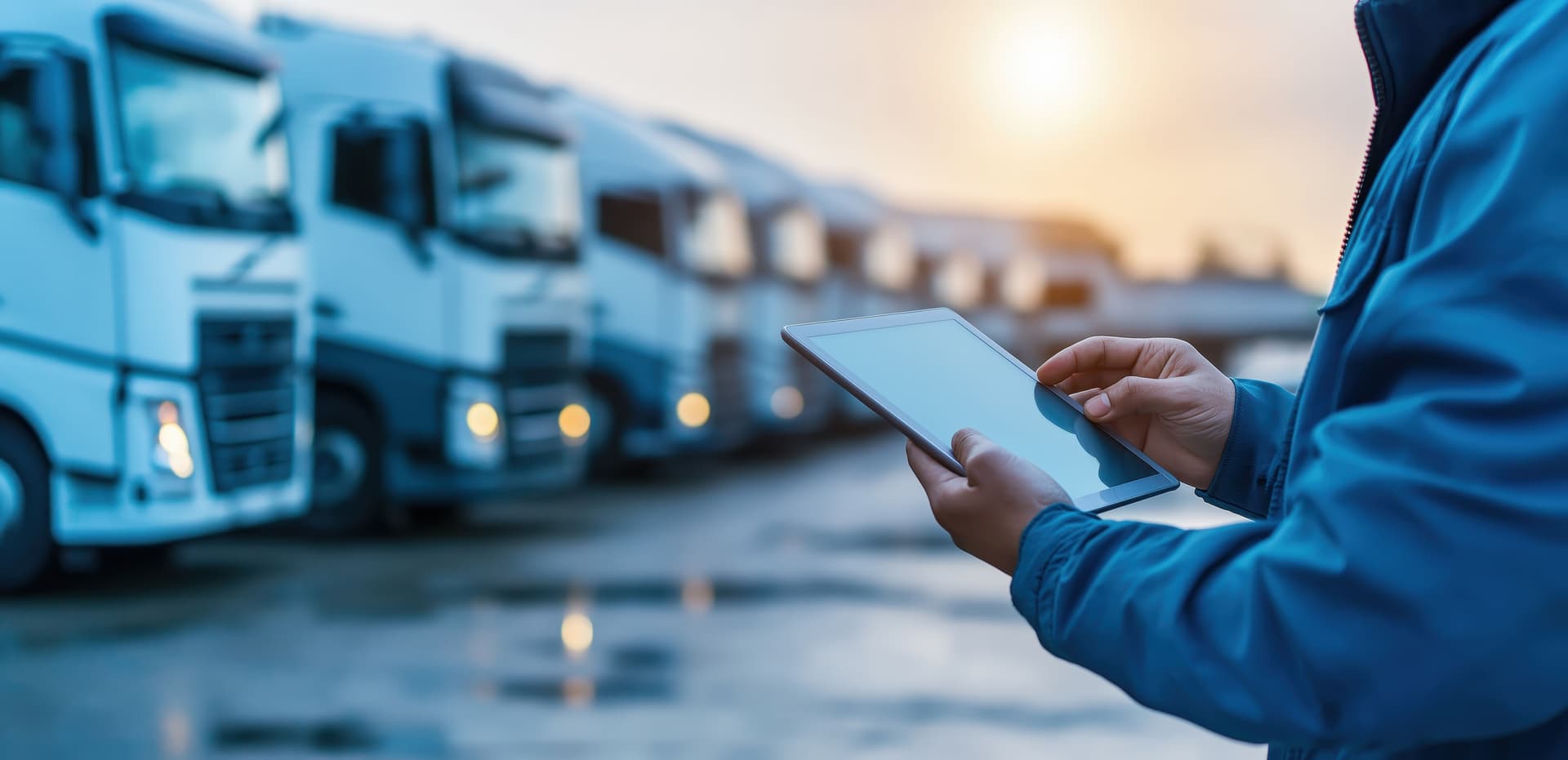
Black Boxes (Event Data Recorders)
How it works: Just like airplanes, most trucks have “black boxes” that record key data during a crash. This includes speed, brake use, throttle position, seatbelt status, and steering input-usually for a few seconds before and after an accident.
Why it matters: Black box data is gold in court. It tells us if the truck was speeding, if the driver slammed the brakes, or if they tried to swerve. This cuts through conflicting stories and shows exactly what happened in those critical moments.
Dashcams & 3D Laser Scans
How it works: Dashcams record video of the road ahead (and sometimes inside the cab). Some companies use 3D laser scanners after a crash to create a digital model of the scene, showing where every vehicle was and how the crash unfolded.
Why it matters: Video evidence is hard to argue with. Dashcams can show if a car swerved, ran a red light, or if the trucker was driving aggressively. 3D scans help accident reconstruction experts explain the crash in court, making it easy for a jury to understand.
How This Tech Overcomes the “Blame Game”
At the scene, everyone may have a different story. But these systems record what really happened:
- If a trucker says, “I didn’t see the car,” blind spot sensors and dashcam footage can prove otherwise.
- If the company claims, “Our driver wasn’t tired,” ELDs and driver monitoring can show if they were on the road too long or nodding off.
- If the trucker says, “The car stopped too fast,” black box data and telematics reveal the truck’s speed, following distance, and reaction time.
How We Use This Technology as Georgia Truck Accident Attorneys
As your lawyer, I get court orders (subpoenas) to force the trucking company to hand over all of this data. Here’s how it helps your case:
- We reconstruct the accident: Using GPS, dashcam, and black box data, we show exactly how the crash happened.
- We prove negligence: If the driver ignored safety warnings or the company let them drive too long, we have proof-not just opinions.
- We fight insurance tactics: When insurers try to blame you, we use video and sensor data to set the record straight.
- We maximize your compensation: Solid evidence means stronger cases and better settlements or verdicts.
In Conclusion
Modern trucking technology means the truth is always recorded somewhere. If you’re hurt in a Georgia truck accident, don’t let the other side spin the story. With the right legal help, you can use this technology to get the answers-and the justice-you deserve.

How do I know if I have a case?
If you've been injured due to someone else's negligence, you may have a case. Common examples include medical malpractice, car accidents, nursing home neglect, and wrongful death. Contact us for a free consultation, and we'll evaluate your legal options.
How much does it cost to hire your firm?
We work on a contingency fee basis, meaning you don't pay unless we win. There are no upfront fees—our payment comes from the settlement or verdict.
How long do I have to file a lawsuit?
The time limit varies depending on the case type and state laws. In Georgia, personal injury and medical malpractice cases typically have a two-year statute of limitations. It's best to act quickly to protect your rights.
Will my case go to trial?
Most cases settle outside of court, but we prepare every case as if it will go to trial. If a fair settlement isn't offered, we're ready to fight for you in court.
What compensation can I receive?
Depending on your case, you may be entitled to compensation for medical bills, lost wages, pain and suffering, emotional distress, and long-term care costs. Every case is different, so we assess damages based on your unique situation.
How do I get started?
Call us or fill out our online contact form for a free consultation. We'll review your case, explain your legal rights, and guide you through the next steps. There's no risk to you—just answers and support.





